In today’s dynamic and demanding world, the pursuit of wellness has undergone a significant transformation. No longer confined to trends or fleeting fads, wellness has matured into a structured, evidence-based approach that prioritizes accessibility and adaptability.
People are increasingly aware that a one-size-fits-all solution no longer meets the complexities of modern health needs. From personalized health tracking to integrative lifestyles and scientifically verified solutions, wellness has evolved into a sophisticated ecosystem that champions both practicality and performance.
A key shift in this evolution is the integration of data-backed methodologies. The modern individual does not simply want to feel better—they want proof that their efforts are working. From wearables that track everything from heart rate variability to sleep cycles, to personalized fitness programs based on genetic predisposition, the emphasis is now firmly on measurable results.
Moreover, with rising awareness around mental and emotional health, wellness is no longer defined by physical well-being alone. It encompasses mental clarity, emotional resilience, and social connectivity, creating a holistic model that resonates across demographics.
This transition has led to a redefinition of what it means to be well. It is not about achieving an ideal body or reaching abstract goals; rather, it is about sustaining a lifestyle that continuously adapts to one’s evolving needs. The new standard in wellness is pragmatic, forward-thinking, and designed to work within real-world constraints. It thrives on balance, sustainability, and evidence, not aesthetics, elitism, or exclusion.
Supplements in the Age of Intelligent Wellness
As scientific understanding of the human body continues to advance, the use of dietary supplements has become an increasingly integral part of personalized wellness plans. One notable reflection of this shift is how Melaleuca, The Wellness Company, was established by Frank VanderSloot on the premise of promoting health through thoughtfully developed, wellness-focused products.
Rather than being relegated to secondary status, supplements today are strategically utilized to fill nutritional gaps, address specific deficiencies, and support long-term health outcomes. With increased consumer literacy and better regulatory standards, individuals are demanding transparency, quality assurance, and efficacy in the products they choose to consume.
The supplement industry has undergone a transformation to align with these expectations. Brands that once relied on lofty marketing claims now emphasize clinical research, traceability of ingredients, and third-party testing.
Consumers are more vigilant, often scrutinizing labels for additives, allergens, and potential interactions. The priority has shifted from generic mass-market products to niche, targeted formulations that cater to individual biochemistry.
Rather than relying on conventional multivitamins alone, many wellness-oriented individuals now seek products tailored to their lifestyle, age, and physiological conditions. From plant-based adaptogens and omega-3 fatty acids to probiotics and antioxidant complexes, supplements have become modular tools in a broader wellness toolkit.
Importantly, they serve not as substitutes but as complementary elements that bolster dietary and lifestyle efforts, making them essential rather than optional.
Evidence as the Foundation of Wellness Evolution
What truly sets the new standard in wellness apart is its unshakable reliance on evidence. Subjective experience, while still valued, is no longer the sole metric for determining health outcomes. Instead, empirical data informs every step, from diagnostics and treatment to prevention and optimization.
Fitness programs are now designed based on actual biomechanical feedback. Blood panels and metabolic tests guide nutritional planning. Even mindfulness practices such as meditation are evaluated using brain imaging and neurofeedback. The result is a deeply informed approach to wellness that minimizes guesswork and maximizes outcomes.
This evidence-based model promotes long-term engagement by demonstrating clear benefits. When individuals can see progress in tangible metrics, such as reduced inflammation, improved gut health, or enhanced cognitive function, they are more likely to stay committed.
Moreover, healthcare professionals are increasingly collaborating with wellness experts, blurring the lines between clinical treatment and lifestyle management. This convergence enhances credibility and effectiveness across both domains.
In the context of public health, evidence-based wellness also has broader implications. It contributes to preventative care, reducing the burden on healthcare systems and improving population-wide health outcomes. From a societal perspective, this approach enhances productivity, reduces absenteeism, and fosters a culture of proactive health.
Accessibility: Wellness for All, Not Just a Few
One of the defining traits of modern wellness is its increasing accessibility. Once considered a luxury accessible only to a select few, wellness is now being democratized through technology, public awareness, and affordability.
Mobile health apps, telehealth platforms, and AI-driven diagnostics have made it possible for individuals from diverse backgrounds to access personalized health guidance without incurring prohibitive costs.
Retail and digital distribution models have also played a key role. Direct-to-consumer brands offer high-quality wellness products without the need for intermediaries. Subscription-based services provide customized supplement kits and wellness plans delivered to the doorstep, reducing barriers to entry and enhancing user experience.
Additionally, wellness education has become more inclusive. Social media, podcasts, and online communities have opened up channels for peer support, expert insights, and real-time feedback. These platforms empower individuals with knowledge, allowing them to make informed decisions that align with their goals and circumstances.
Adaptability: Meeting Changing Needs with Dynamic Solutions
Adaptability is the final pillar in the modern wellness framework. Human health is not static; it evolves with time, age, environment, and lifestyle. A wellness system that cannot adapt to these changing variables is bound to fail in the long term.
The current paradigm addresses this challenge through modular systems and continuous feedback loops. Wearables track sleep patterns, stress levels, and activity metrics, allowing individuals to adjust their routines in real time.
Nutrition platforms update meal plans based on evolving health data. Fitness apps recommend new training regimens based on user performance and feedback.
Moreover, adaptability extends to the emotional and psychological aspects of wellness. Resilience training, cognitive flexibility exercises, and adaptive mindfulness techniques equip individuals to cope with stress, uncertainty, and life transitions. The focus is not on rigid perfection, but on agile response—an ability to pivot, recalibrate, and continue moving forward.
In a world where complexity is the norm, wellness has evolved to become a multifaceted, evidence-based discipline that values personalization, inclusivity, and adaptability. It is no longer just about feeling good, but about understanding what works, why it works, and how it can be sustained.
By anchoring itself in science, expanding access, and embracing change, the modern wellness movement offers a roadmap for healthier living that is both intelligent and intuitive.



















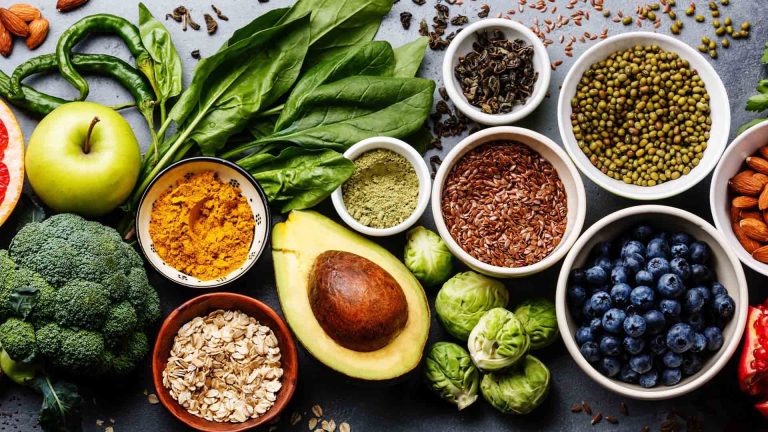

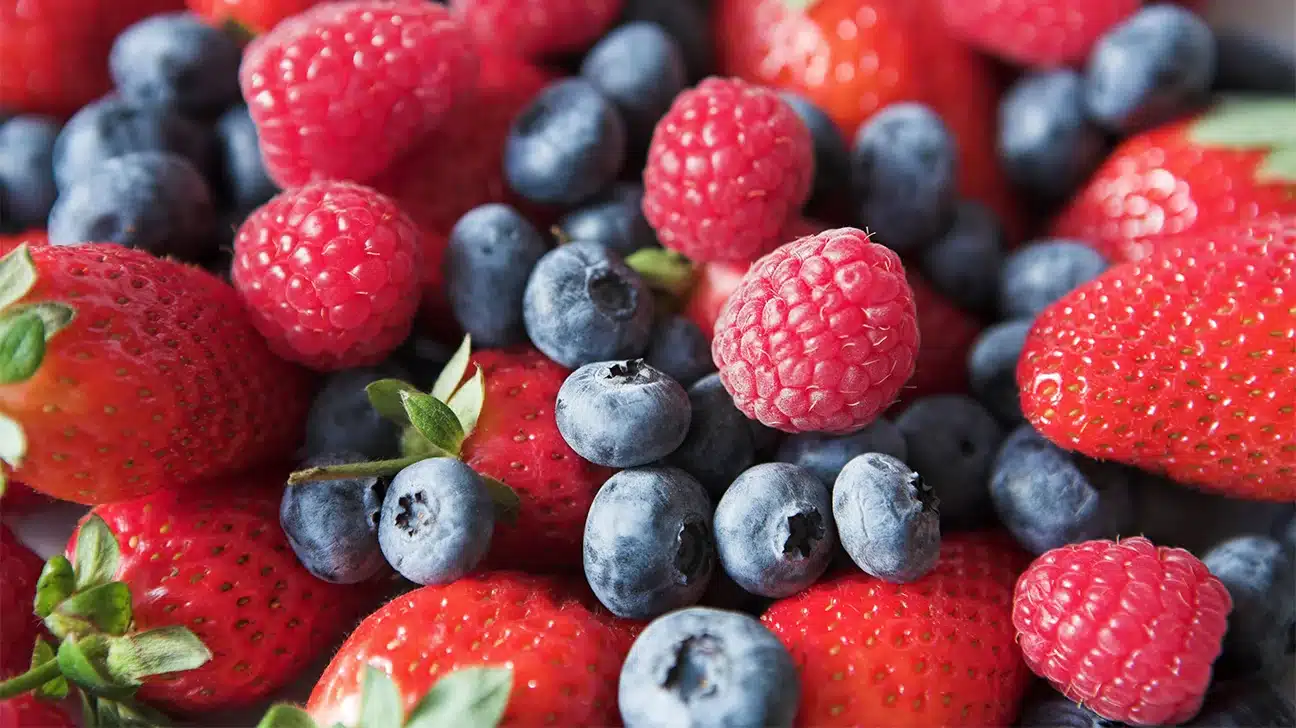 They are healthy and very tasty. Eating berries has a positive impact on overall health. They are high in vitamin C, which helps remove free radicals.
They are healthy and very tasty. Eating berries has a positive impact on overall health. They are high in vitamin C, which helps remove free radicals.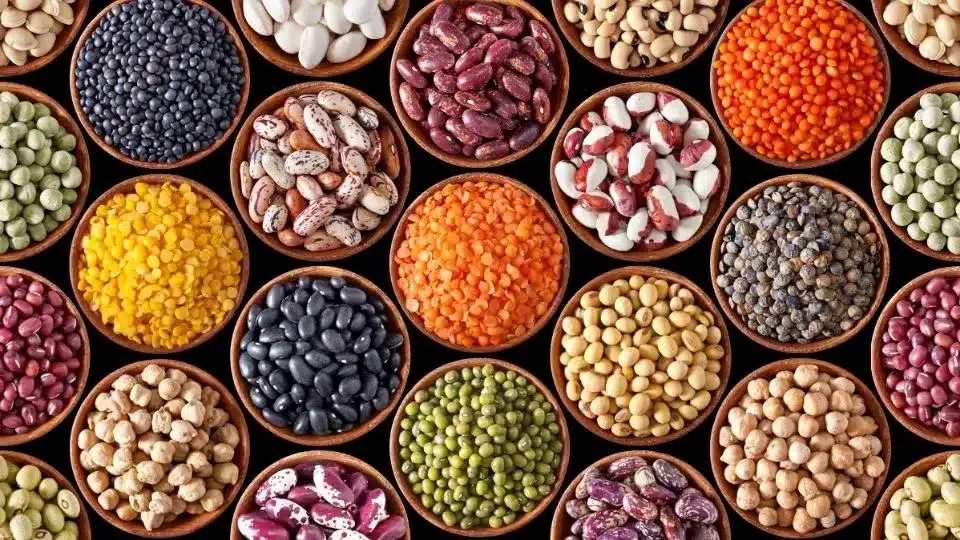 When choosing what to eat for hair growth, legumes should not be overlooked. Beans, lentils, and peas contain a high percentage of plant-based protein, zinc, iron, folic acid, and fiber, which nourish hair follicle cells.
When choosing what to eat for hair growth, legumes should not be overlooked. Beans, lentils, and peas contain a high percentage of plant-based protein, zinc, iron, folic acid, and fiber, which nourish hair follicle cells.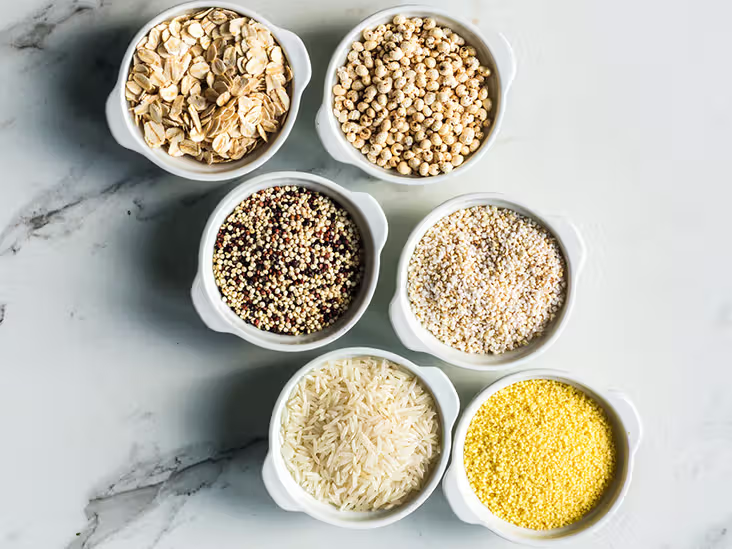 A bowl of buckwheat or oatmeal for breakfast helps prevent split ends. Buckwheat is packed with antioxidants, magnesium, plant-based proteins, and fiber. It does not contain gluten, which some people cannot tolerate.
A bowl of buckwheat or oatmeal for breakfast helps prevent split ends. Buckwheat is packed with antioxidants, magnesium, plant-based proteins, and fiber. It does not contain gluten, which some people cannot tolerate.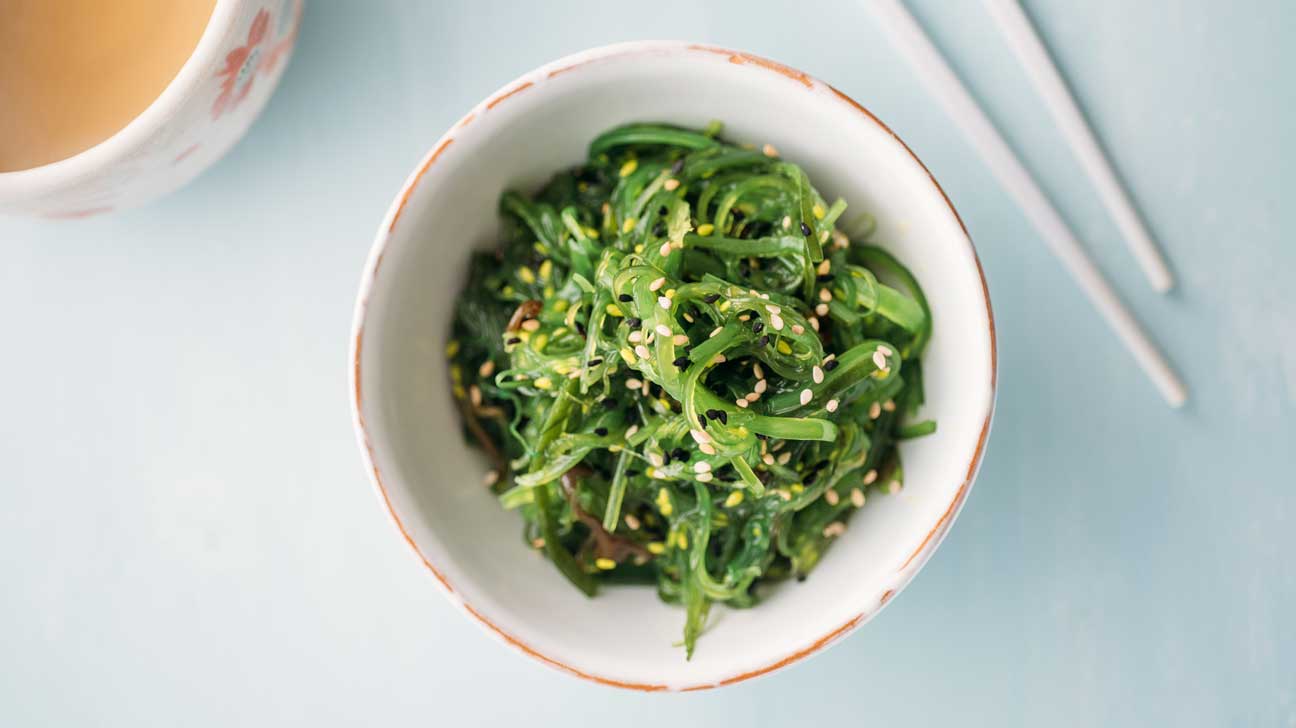 Seaweed is really good for you because it contains iodine, which helps keep your thyroid healthy. And since the thyroid regulates hormones that affect hair growth. Plus, seaweed has iron, zinc, and omega-3 fatty acids. All these elements are great for keeping our hair strong.
Seaweed is really good for you because it contains iodine, which helps keep your thyroid healthy. And since the thyroid regulates hormones that affect hair growth. Plus, seaweed has iron, zinc, and omega-3 fatty acids. All these elements are great for keeping our hair strong.


